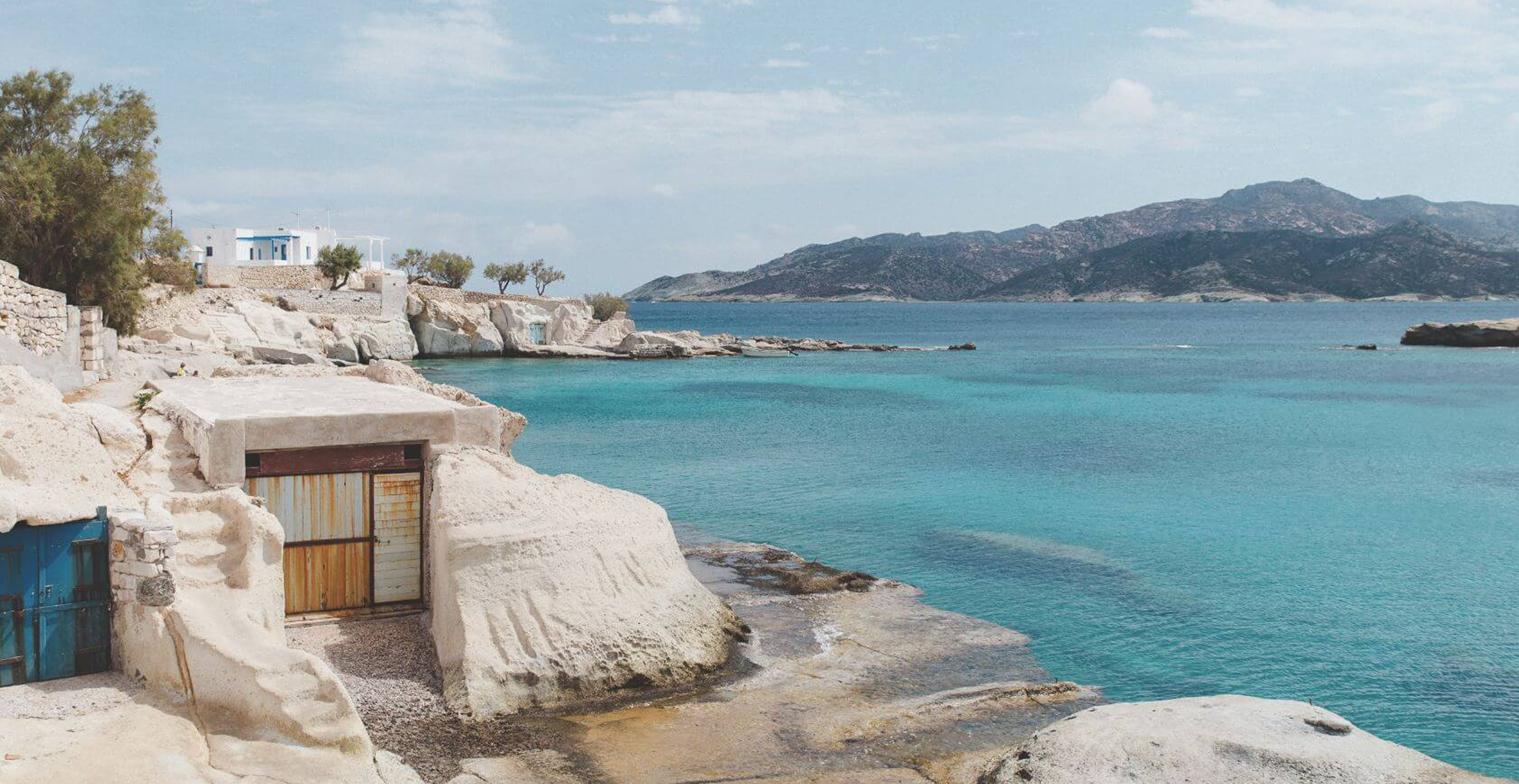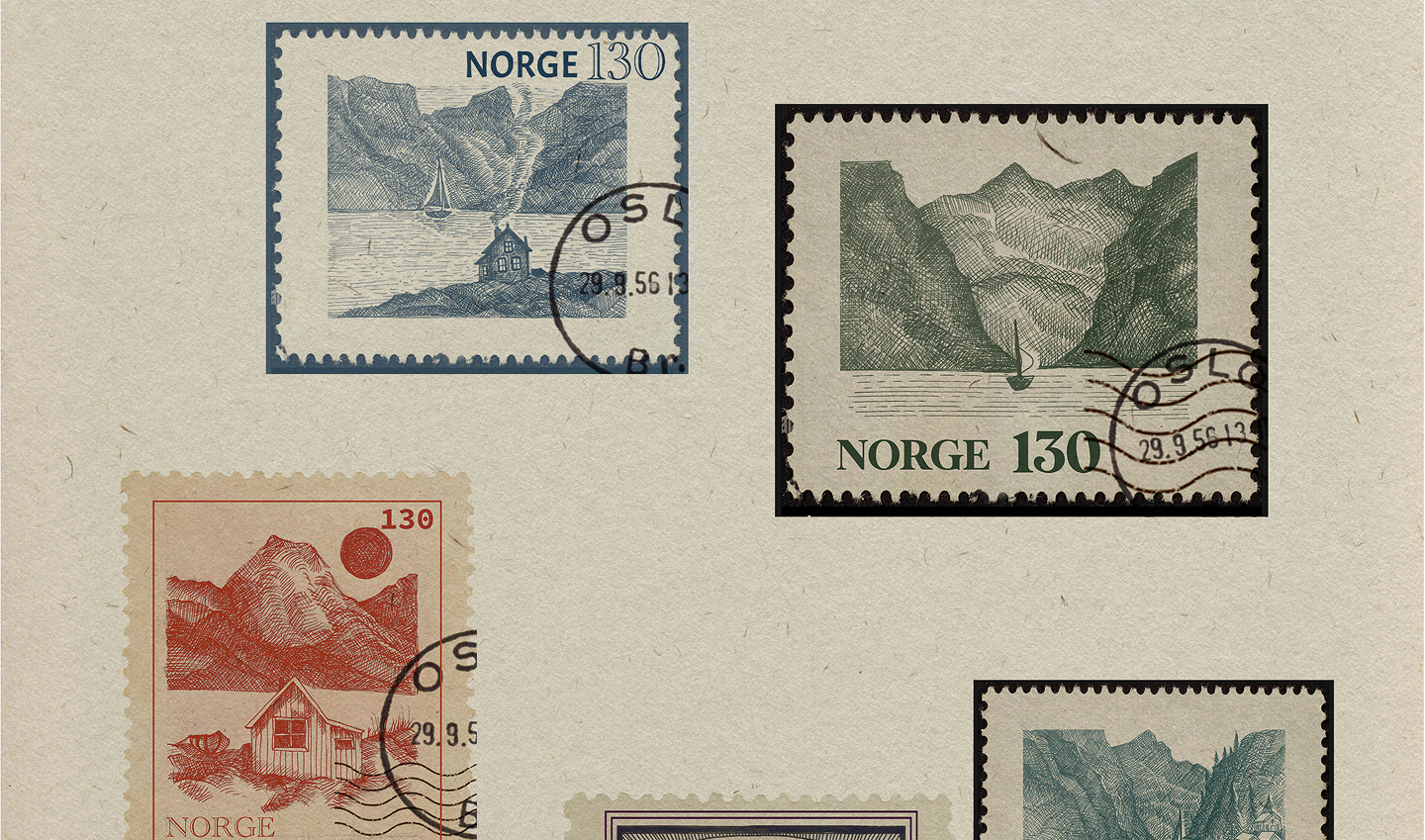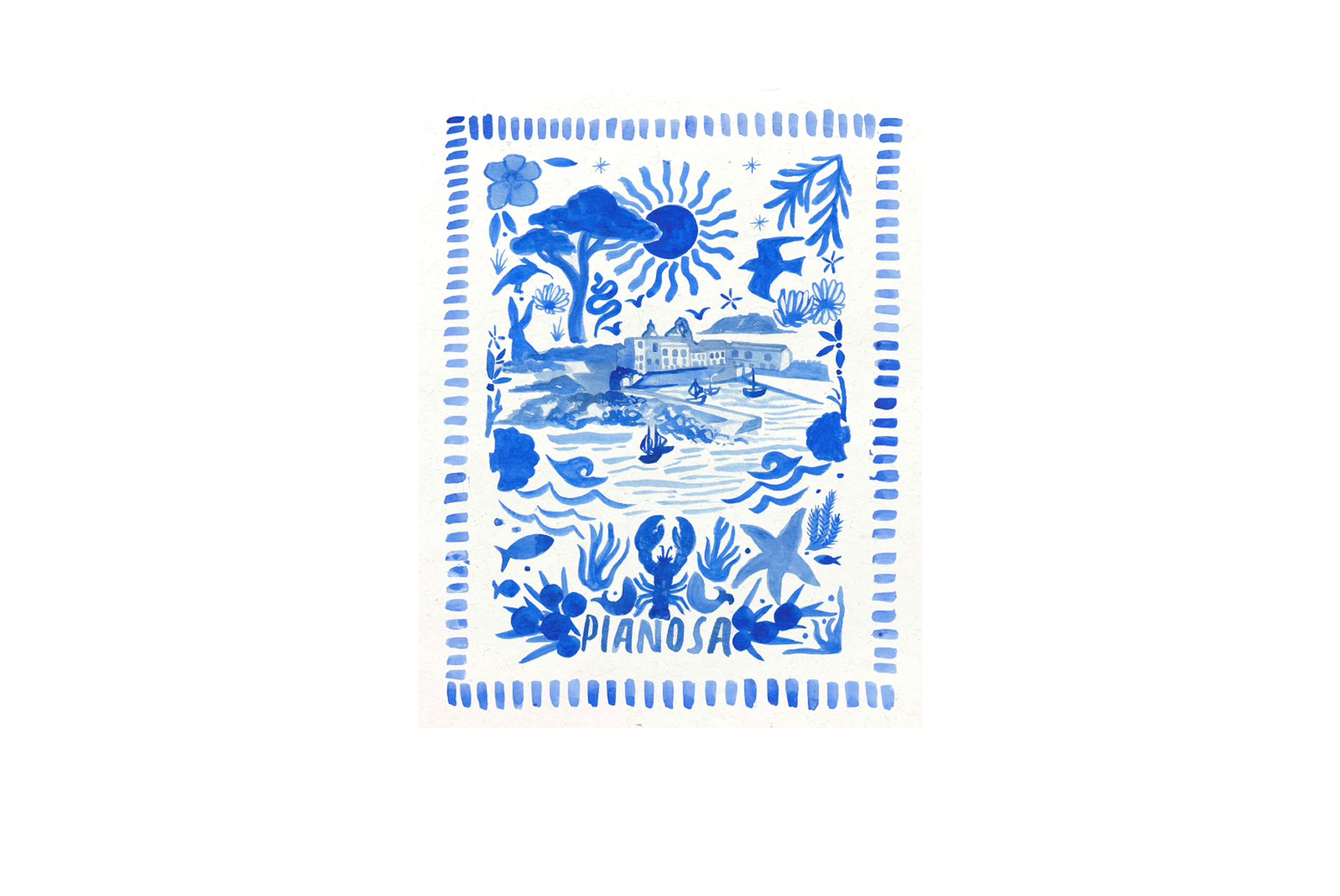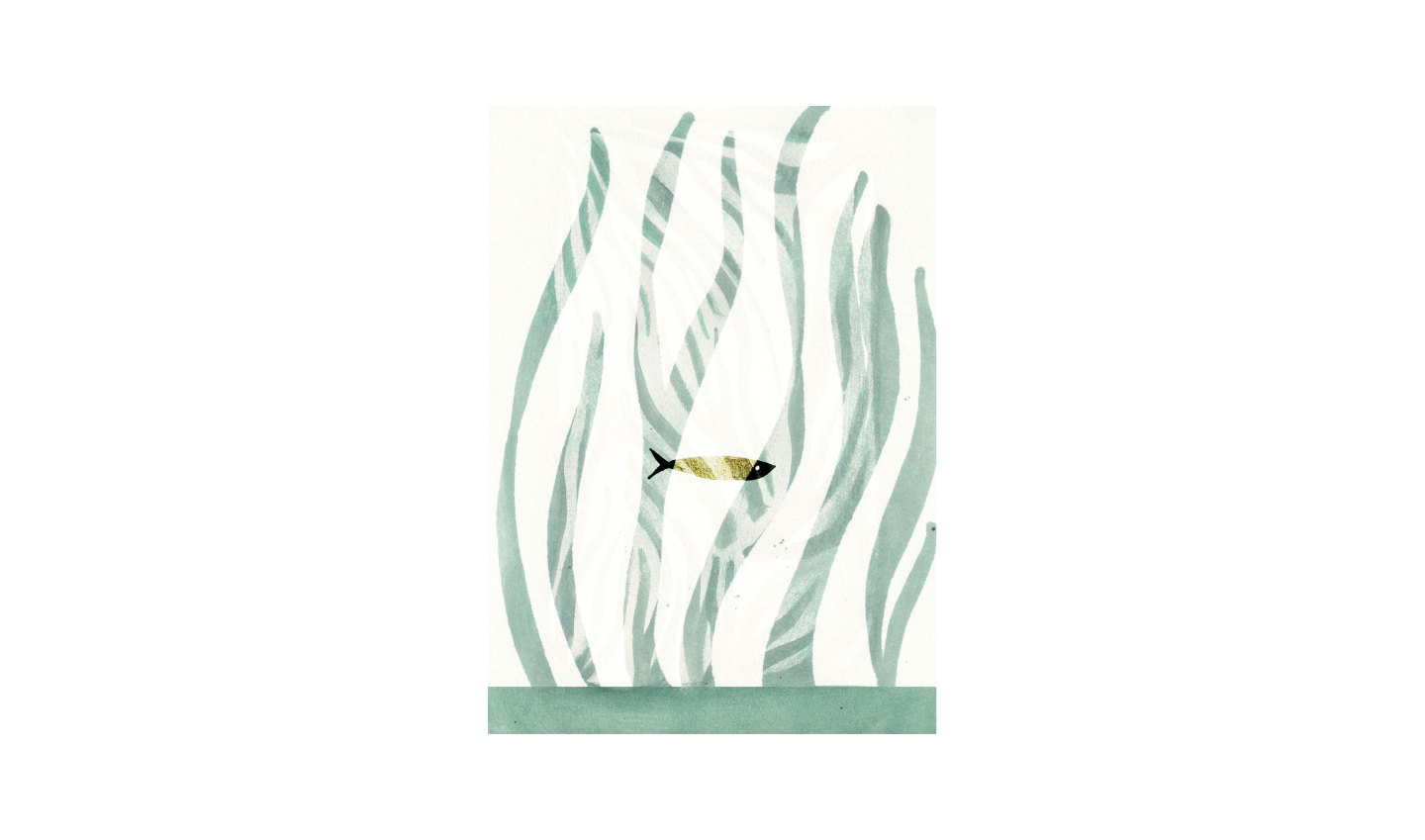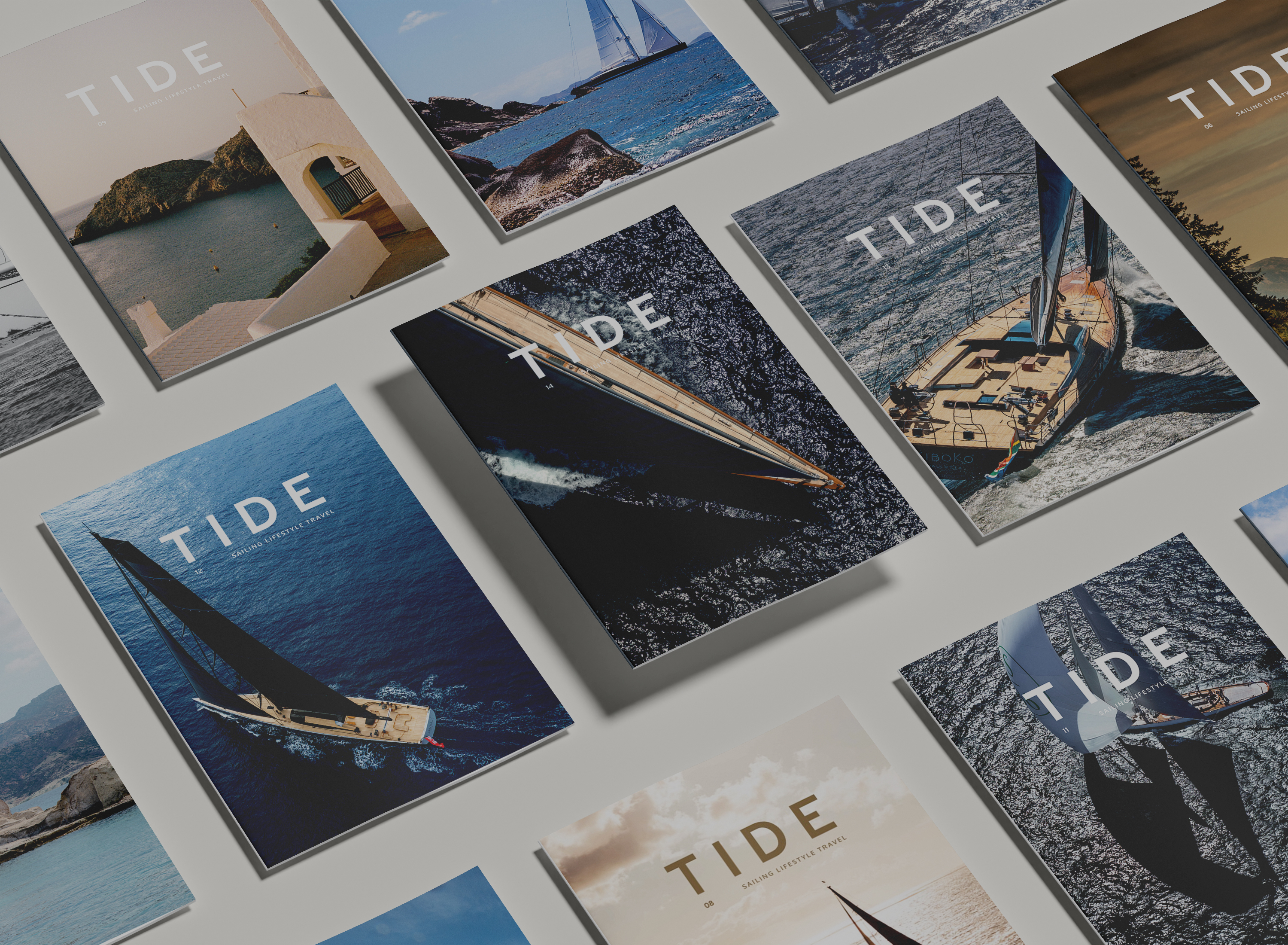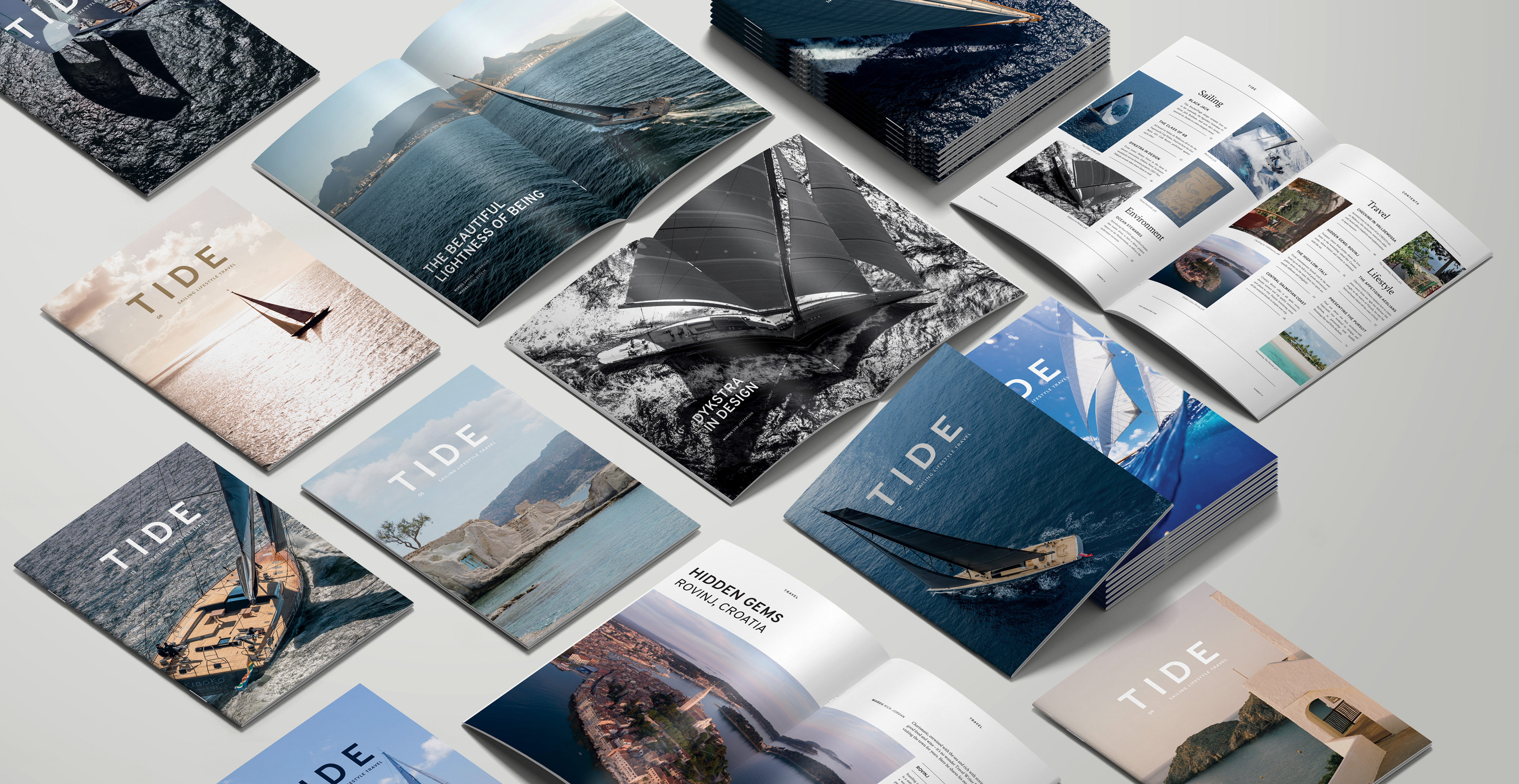Antigua’s white sandy beaches, azure waters, abundant coral reefs, seagrass and mangroves make it an impeccable destination for both novice and experienced sailors, a tropical destination long sought after. But this is all under threat. Once thriving, the island’s ocean habitats are degrading “at an alarming rate,” according to the Elkhorn Marine Conservancy (EMC), a non-profit dedicated to enhancing Antigua’s marine ecosystems.
The emblematic Elkhorn coral which EMC is named after is now critically endangered. As the coral suffers, so too do the people who rely on a healthy ocean for food and livelihoods, as well as protection from coastal erosion, hurricanes and storms.
EMC is on a mission to revive Antigua’s vital marine ecosystems. Its implementing partners – marine scientists Genevieve Renaud-Byrne and Molly Wilson – caught up with me over slightly dubious island wifi (a good excuse to turn our cameras off, saving me the embarrassment of comparing my British pallor to their enviable tans).
The pair met about three years ago. Although it was somewhat inevitable that they would meet – living in a small community and both from marine science backgrounds – neither remembers their first meeting. What they do remember are animated discussions about Antigua’s conservation challenges and opportunities during many dives together, until, one day, they decided to act.
Renaud-Byrne had some contacts who were concerned about the rapid coral deterioration and commissioned them to conduct a survey. “Basically, we were trying to get a snapshot of everything living there and the health of that ecosystem itself,” explains Wilson.These baseline assessments found widespread coral loss, an abundance of algae and other coral competitors, and dwindling important herbivores like parrotfish. Photos comparing Green Island reef between 1974 and 2020 show the devastating extent of the damage: what once was an intricate web of coral is now just eerie, dead stumps.
There is hope, however, with some areas still thriving. Renaud-Byrne and Wilson were confident from these initial findings that restoration was possible, and set about identifying suitable nursery sites. Fragments (some cut, but most already naturally broken) collected from different colonies – to ensure genetic diversity – are grown in a monitored environment before being planting on degraded reefs.
The fastest growing fragments “grew over 10 times their original size in six months” while the slowest doubled in size. But “those genes [of the slower growing corals] might pay off in different ways,” Wilson explains, such as resistance to diseases, pollutants or heat stress. The more diversity they can cultivate, the more resilient the ecosystem.
So, is the life of a marine biologist what one might imagine; languid days spent in the water under dappled sunshine? Wilson laughs. “We spend so much time underwater, but we also spend lots of time on Excel.” It’s probably a 50:50 split between fieldwork and the lab, she muses, logging data from every colony. Plus, there are endless meetings: with government officials, tourism operators, fishers, and the local community to inspire them to protect these valuable ecosystems.
Actively involving local stakeholders through a grassroots approach has had a positive reception so far. “Most people have seen the degradation of our inshore reefs and want to see change,” says Renaud-Byrne. It’s not just the tour operators. The fishermen also want the reefs to return.
It can be depressing to see so much of what’s lost. However, the impressive resilience of healthy coral ecosystems motivates them to keep going. For example, discovering an epic colony that’s survived decades of stresses, seeing a brain coral fight off stony coral tissue loss disease, or finding a hope spot with thousands of fish, massive brain corals, fan corals, and finger corals when you thought all the reefs in the area were nearly dead.
And, of course, there’s their own restoration project. The two scientists sparkle when they talk about it. “It’s only been eight or nine months since we put the corals into our nursery and they’ve grown so much,” says Renaud-Byrne, buzzing.
But it’s not just scientists that can have an impact. “It’s everyone’s responsibility to do something,” says Renaud-Byrne, who believes policy and behaviour change is vital in transforming the fate of reefs. Her advice for us: “Be mindful of your footprint. Nutrient pollution is one of the biggest threats to coral reefs.” For the yachts, pump out as far away from land as possible, and never pump out in a shallow area over seagrass, reef, or close to mangroves.
Wilson adds that a great many products people use to clean boats and bodies are detrimental to our waterways, soils, and ourselves. Use apps when buying beauty products, shampoos and sunscreens to see if they contain harmful ingredients. “Assume everything you have on a boat is going to touch the ocean because it probably will,” she adds.
A few more tips: never touch anything when diving or snorkelling – this can spread disease – and be careful of your fins. Use reef-safe sunscreen, avoid single-use plastic, buy local, and ask lots of questions to help you make responsible choices. And, if you’re ever in Antigua, come to EMC’s visitor centre on Green Island to snorkel through the nursery and see this amazing restoration work in action.
